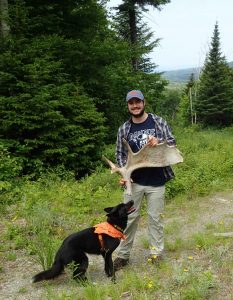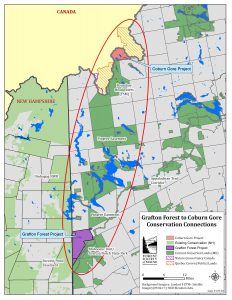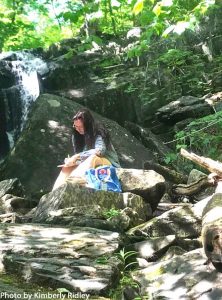This summer FSM launched the Swan Internship Program, funded by the generous bequests of Hank and Freda Swan. The goal is that one college student each summer will have a chance to experience the breadth of FSM’s work as a land trust. Carlton was our first intern under this program.
By Carlton Scott
Before this summer, my knowledge of how land conservation works was limited, but I was eager to gain experience. I’m interested in a career in conservation and an internship at FSM was a great opportunity to learn more about what it would be like to work at a land trust.

In the office, I worked on a variety of projects. I used ArcGIS, a type of mapping software, to make maps of new project lands, wetlands, and other significant land features and trails. I read over conservation easements familiarizing myself with the language to get a better understanding of how an easement can be written to conserve different values of land. I also read various land trust magazines and literature, which gave me a deeper understanding of how the land trust community balances their objectives. Some organizations are more policy-oriented and others are more focused on direct on-the-ground action.
On field days, I participated in annual monitoring trips. I even got to fly over the Attean Pond conservation lands as part of FSM’s aerial monitoring. Other days, I rode to different parts of the Moosehead Region Conservation Easement and to areas in western Maine. While hiking around Violette Brook Reservoir I saw an area where some beavers had turned a once small stream into a decent-sized pond, flooding nearby trails and attracting great blue heron. I was able to see new and developing projects, such as the soon to be completed Fish River Chain of Lakes easement land.
Another part of my time this summer was spent attending meetings, the biggest of which was the FSM annual board meeting, where I met many of FSM’s board members. At these different meetings I sat in on some very interesting and productive discussions about current issues facing Maine’s North Woods.

One of my major work assignments this summer was writing the first draft of a Baseline Documentation Report. I started by making maps and identifying points of interest, followed by a two-day field trip to the site, and eventually creating the written report. This was a great chance to use what I’ve learned in my studies as well as skills I picked up at FSM.
It’s hard to believe my time here has come to an end, but I feel as though I have done so much and I appreciated the opportunity to learn and grow.
Originally published in the FSM biannual newsletter, Forest View, in fall 2019.



